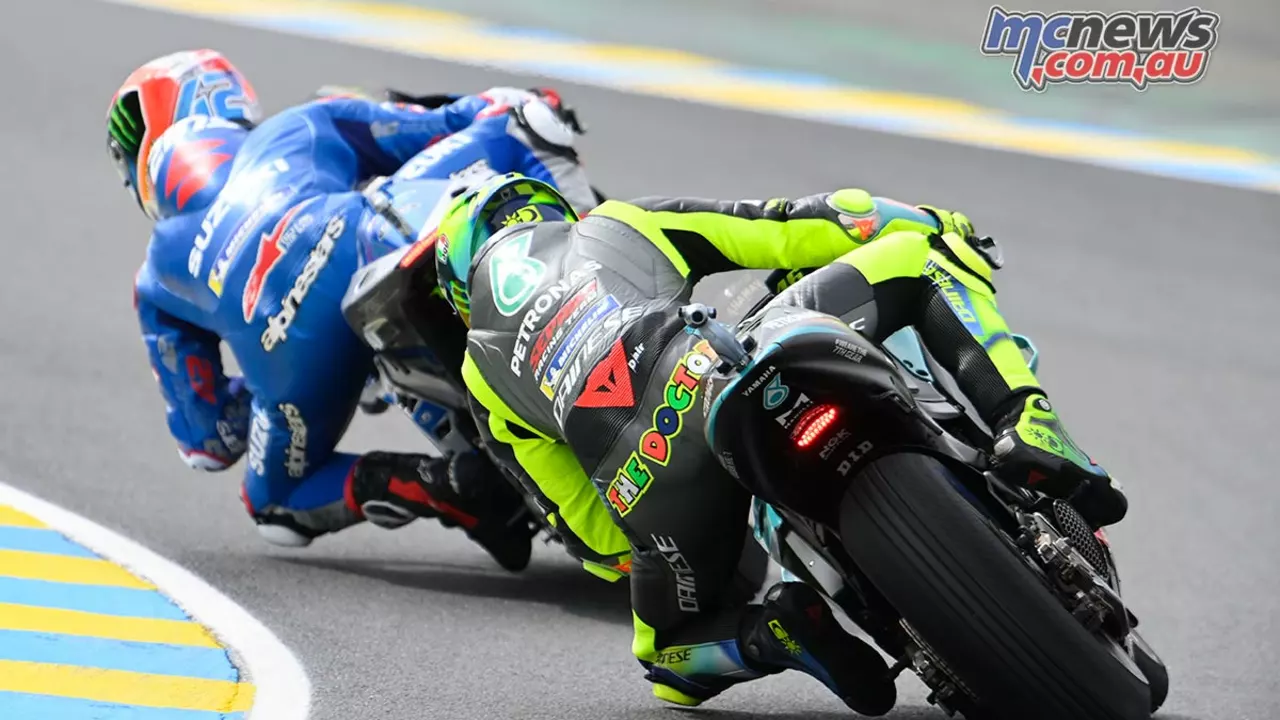Handle Turning Tips – Master Your Steering on the Track
Ever wonder why some drivers slice through a corner like it’s nothing while others end up hugging the walls? The secret often lies in how they handle the turn. In motorsports, the way you move the steering wheel – or ‘handle turning’ – can make the difference between a clean lap and a costly spin.
Good handle turning isn’t about brute force; it’s about smooth, predictable inputs that keep the car balanced. When you turn too sharply or react late, weight shifts suddenly, the tires lose grip, and you lose speed. By mastering the basics, you can keep the car stable, hit your apex, and exit the corner faster.
Why Handle Turning Matters
First off, the steering wheel is the driver’s direct line to the car’s front tires. Every tiny movement changes the angle of those tires, which in turn changes the direction of the whole car. If you over‑steer – turning the wheel too far – the rear slides out and you get a spin. Under‑steer – not turning enough – pushes you wide and you waste time.
On a technical circuit, quick‑changing corners demand fast, accurate inputs. A smooth hand‑over‑hand motion lets you stay in the optimal line without jerking the car. Even on a simple oval, the same principle applies: smooth inputs keep the car on the edge of traction where it’s fastest.
What’s more, consistent handle turning builds confidence. When you know exactly how the car reacts, you can push the limits safely. That confidence shows up in race results – you’ll be able to brake later, hit the apex later, and accelerate earlier.
Practical Tips to Sharpen Your Turn
1. Use Both Hands. Keep your grip at 9 and 3 o’clock. This gives you the best leverage and lets you move the wheel quickly without over‑rotating.
2. Think “Push‑Pull”. When you need to turn right, push the top of the wheel left and pull the bottom right. The opposite works for a left turn. This motion is fast and keeps the wheel level.
3. Practice the “Threshold”. Find the exact point where the tires start to lose grip and stay just before it. You’ll feel a slight slip in the steering feel – that’s the sweet spot for maximum corner speed.
4. Look Ahead. Your eyes should be on the exit of the corner, not the inside curb. Your brain will naturally position the wheel to get you there.
5. Keep It Light. A heavy grip adds inertia and makes the wheel sluggish. Light fingers let the wheel respond instantly.
These tips work whether you’re a budget racer getting started (remember the post on “How to start a racing career I don’t have money?”) or a seasoned driver chasing a faster lap. Even if you’re just looking for places in the US where you can drive fast, the same steering fundamentals apply.
Finally, record a few laps and watch the footage. Notice how the wheel moves at each corner and compare it to the car’s line. Small adjustments – like turning a bit earlier or easing off a notch – can shave tenths of a second off your time.
Handle turning isn’t a magic trick; it’s a skill you can drill daily. Grab a friend for a practice session, focus on smooth hand‑over‑hand motions, and you’ll feel the difference on the next corner. Keep it simple, stay consistent, and watch your lap times drop.
Posted By Caspian Beaumont On 26 Jul 2023 Comments (0)
Why do MotoGP riders not turn their handles?
In MotoGP, riders don't simply turn their handles like we do on normal bikes. Instead, they use a technique known as counter-steering. This means they push the handlebar in the opposite direction of the turn, which leans the bike into the turn due to the forces at play. This approach, combined with shifting their body weight, allows them to navigate sharp turns at high speeds. It's fascinating how the physics of MotoGP racing differs from everyday biking!
READ MORE